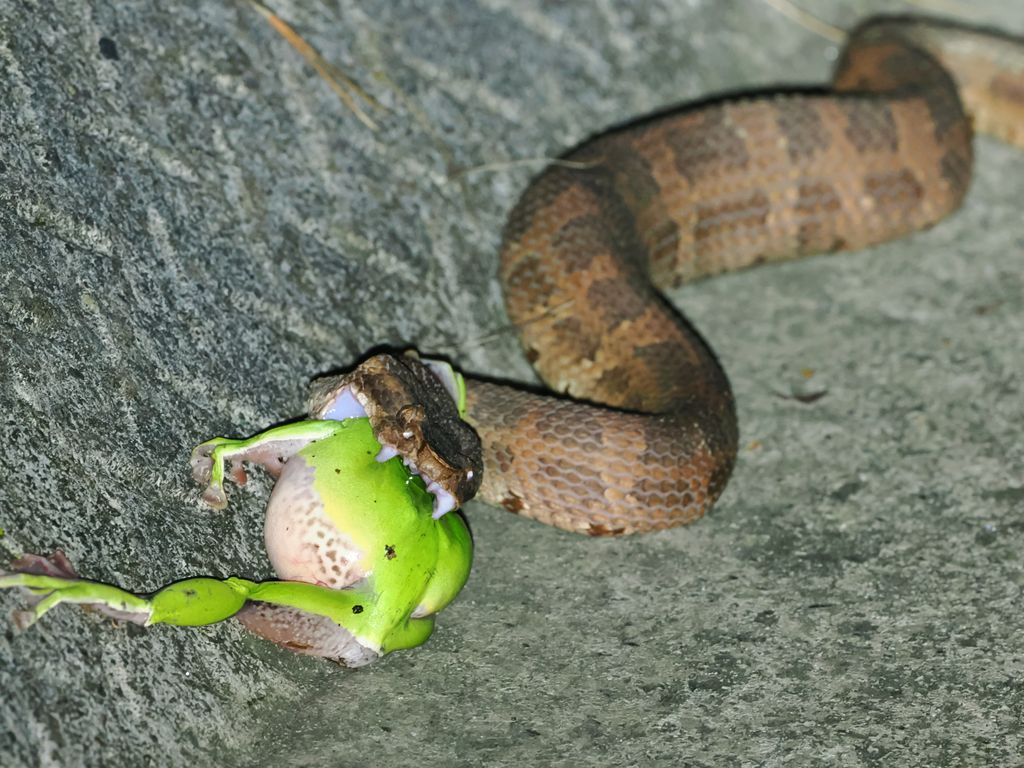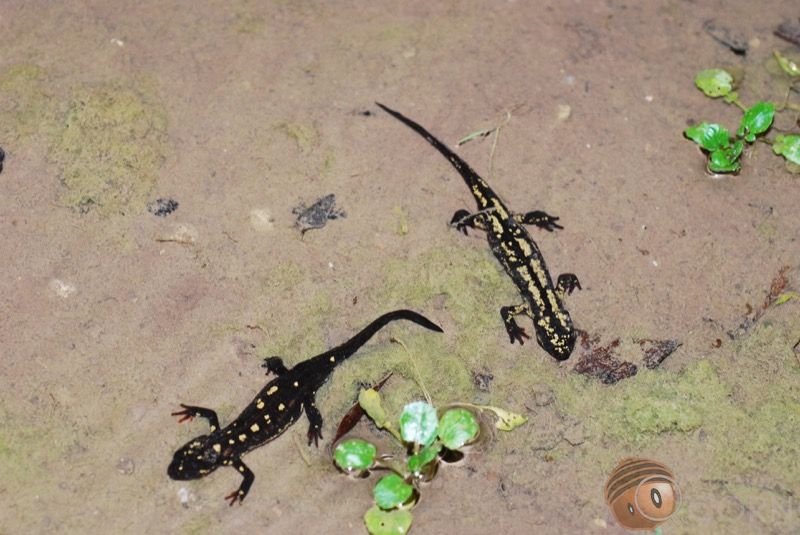Ovophis okinavensis
Japanese Name: ヒメハブ
Chinese Name: 姬波布, 沖繩烙鐵頭
English Name: Okinawa Pitviper, Himehabu
Origin: Okinawa Islands (Okinawajima, Iheyajima, Iejima, Kumejima, Tokashikijima), Amami Islands (Amami Oshima, Kakeromajima, Ukejima, Yorojima, Tokunoshima)
The Okinawa pitviper is a venomous snake that grows up to 80 cm in length. Its Japanese name, “Himehabu,” includes the word “hime,” meaning “small,” as it is smaller than the Habu viper. However, despite its name, the Okinawa pitviper belongs to a different genus from the true Habu vipers and is classified under Ovophis, the same genus as Taiwan’s Ovophis makazayazaya. When observing mating pairs, a significant size difference can be seen between mature males and females.
Although venomous, the Okinawa pitviper’s venom is relatively weak and not fatal. However, a bite still requires immediate medical attention. Its coloration closely resembles fallen leaves and the forest floor, and since it often remains motionless, it is easy to overlook without careful observation.
The Okinawa pitviper primarily preys on frogs. Unlike many other snakes that become inactive during winter, this species actively hunts at frog breeding sites, even entering cold streams to find prey. From winter to early spring, during the breeding seasons of the Ryukyu brown frog, Ryukyu stream frog, Okinawa tree frog, and Hallowell’s tree frog, Okinawa pitvipers are commonly seen near these breeding sites. However, they appear to avoid eating Okinawa sword-tailed newts, often ignoring them even when in close proximity.



